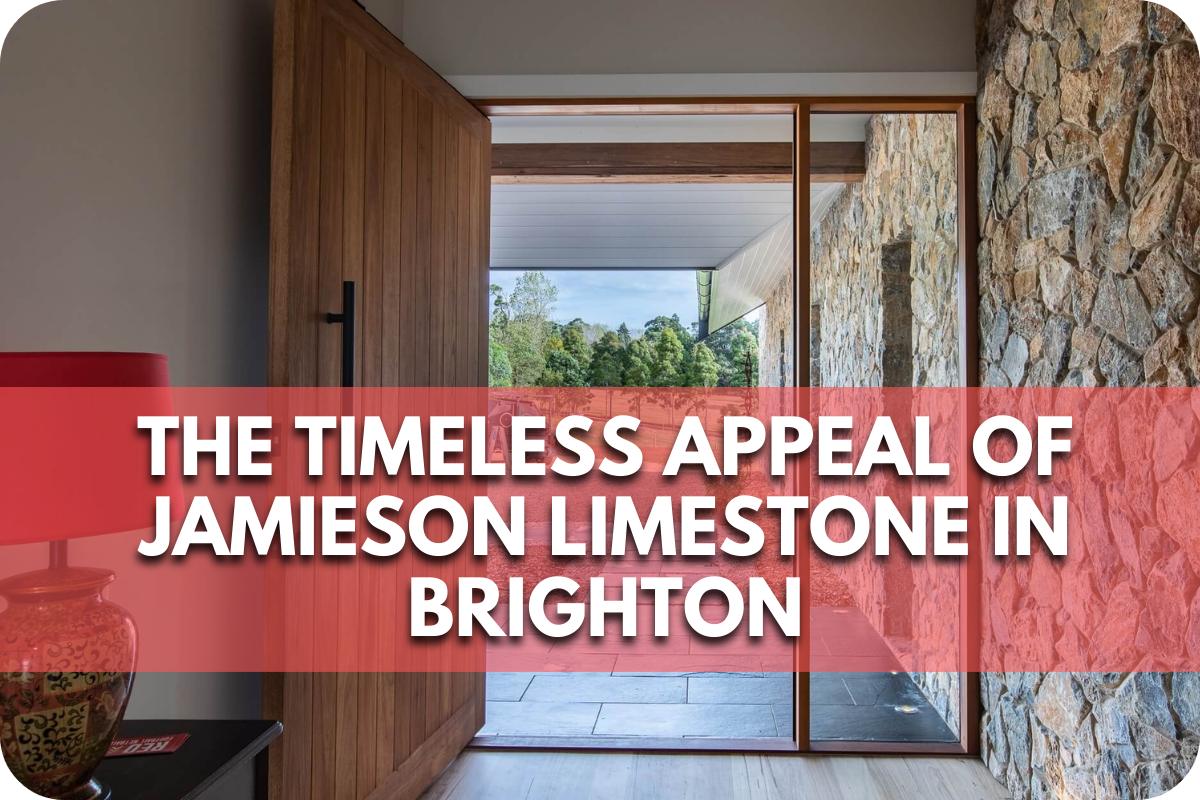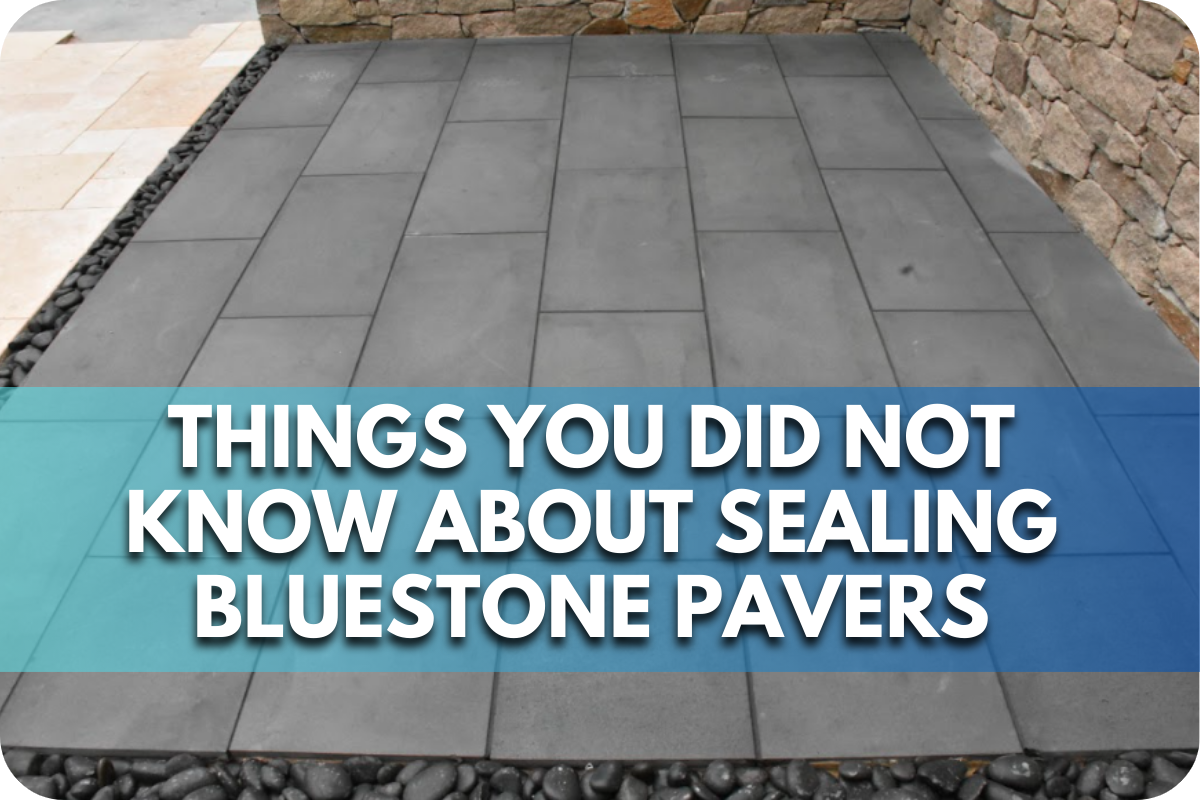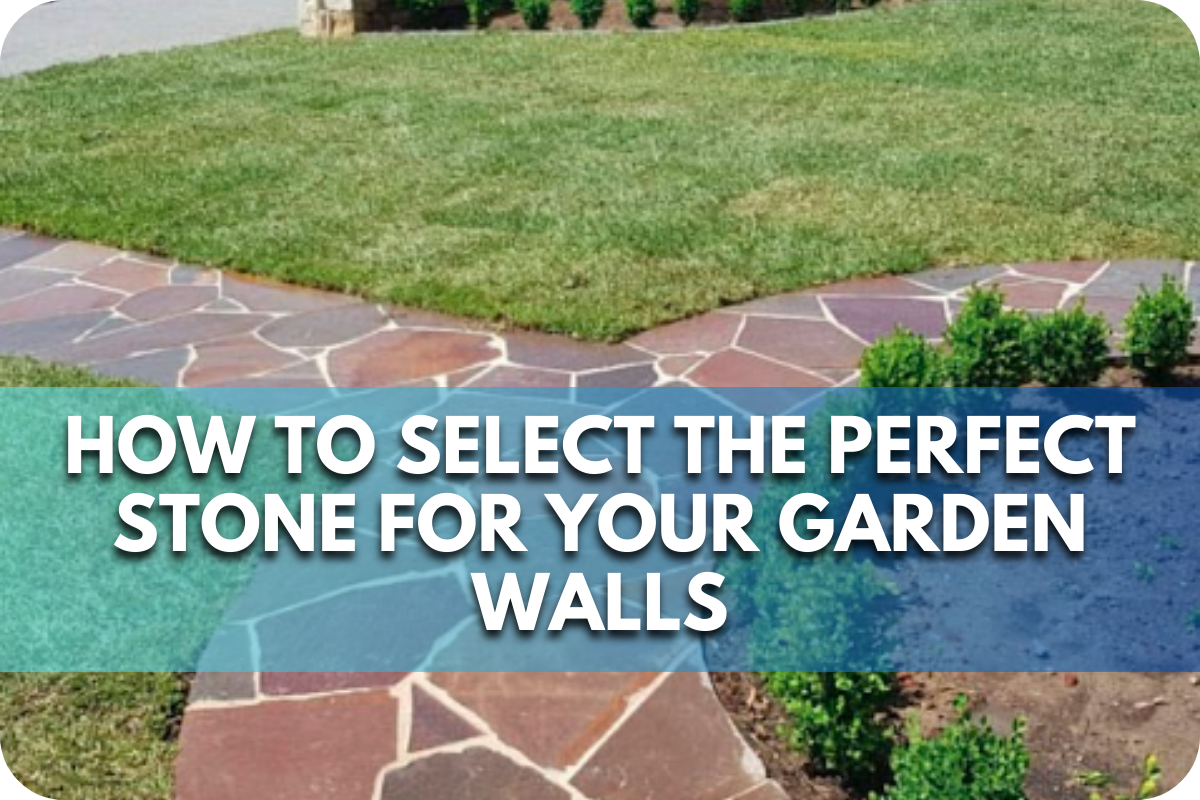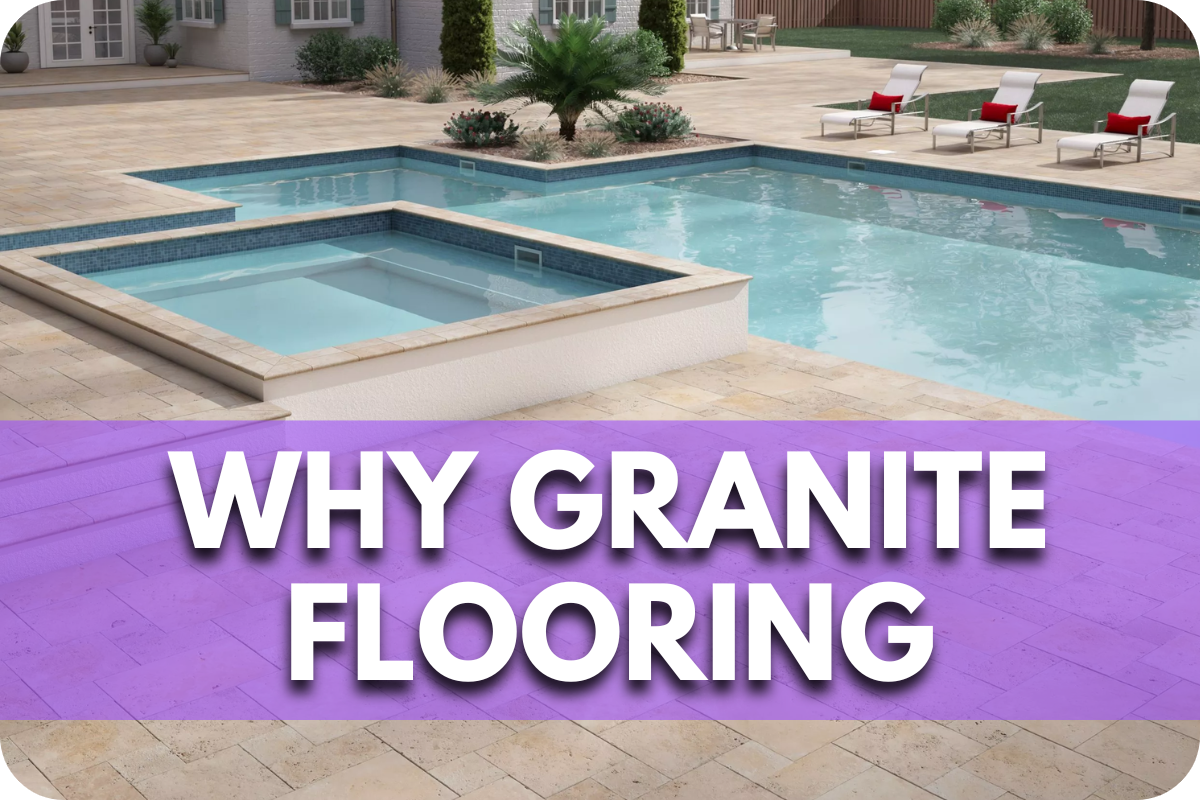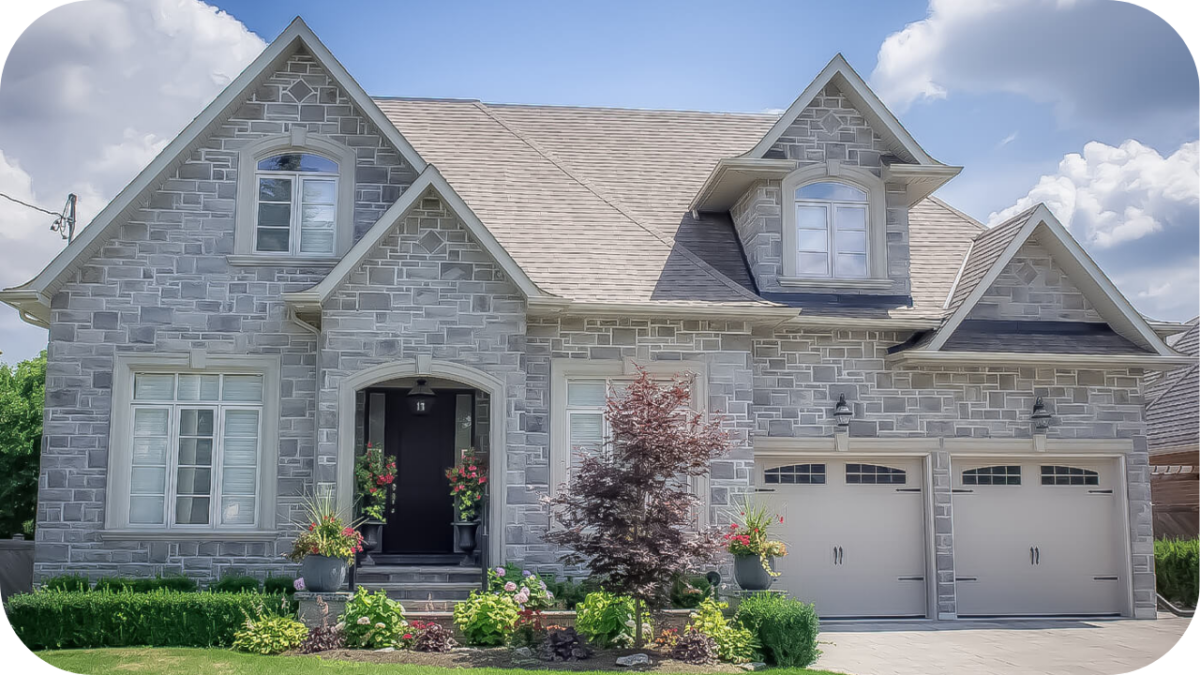How to Maintain and Protect Sandstone Pavers
Sandstone pavers are a beautiful addition to any outdoor space but require proper care to maintain their natural beauty.
Over time, exposure to the elements, foot traffic, and other factors can cause these pavers to become stained, discoloured, or even damaged, compromising the overall aesthetic appeal of your outdoor area.
Fortunately, with the right techniques and products, you can keep your sandstone pavers looking their best for years to come, ensuring a lasting and inviting outdoor space.
1. Regular Cleaning
Regular cleaning is key to preserving the beauty and longevity of your sandstone pavers. Start by sweeping the surface daily to remove loose debris like leaves, dirt, and twigs. A soft-bristle broom is ideal to avoid scratching the delicate sandstone surface.
Opt for a mild, pH-neutral cleaning solution specifically formulated for natural stone for a deeper clean. Harsh acidic or alkaline cleaners can damage the sandstone, so choose wisely. Dilute the cleaner with water according to the manufacturer’s instructions for optimal safety and effectiveness.
Apply the solution using a soft-bristle brush or microfiber mop, scrubbing gently to lift dirt and grime. Stubborn stains may require the solution to sit for a few minutes before scrubbing. Afterwards, rinse the pavers thoroughly with clean water to remove any leftover solution and debris.
Always ensure the pavers are completely dry before allowing foot traffic to prevent slips and additional dirt buildup.
2. Stain Removal
Stain removal for sandstone pavers requires swift action and the proper techniques to avoid lasting damage. First, identify the type of stain you’re dealing with. Organic stains, such as those from leaves, plants, or food, can often be removed with mild cleaners. Inorganic stains, like rust, oil, or grease, may necessitate specialised treatments.
Once you’ve identified the stain, prepare the area by sweeping away any loose debris and dirt. Then, select an appropriate cleaning solution. A pH-neutral cleaner is suitable for organic stains, while tougher stains may require a specific stain remover designed for natural stone.
Apply the solution directly to the stain and allow it to sit for the recommended time, typically 5-10 minutes, to break down the stain. Gently scrub the area with a soft-bristle brush to lift the stain without harming the surface, then rinse thoroughly with clean water to remove any residue.
The poultice method can be effective for stubborn stains. Mix the cleaning solution with an absorbent material like baking soda to create a paste. Apply the paste to the stain, cover it with plastic wrap, and let it sit for 24 hours before removing and rinsing the area.
If your efforts prove futile, consider seeking professional cleaning services to prevent damaging your pavers.
3. Sealing Sandstone Pavers
Sealing your sandstone pavers is vital in protecting them from moisture and stains, maintaining their natural beauty and extending their lifespan. Sealing creates a barrier that prevents water from seeping into the porous sandstone, thus reducing the risk of erosion, cracking, and mould growth. Additionally, a good sealer helps to protect against stains caused by spills, leaves, and other organic materials, making cleaning and maintenance a breeze.
Two main types of sealers are available: penetrating and topical.
Penetrating sealers soak into the sandstone, providing deep protection without altering the surface appearance. They are perfect for those who want to preserve the stone’s natural look. Topical sealers, conversely, form a protective layer on the surface, offering enhanced resistance to stains and moisture. They can also add a slight sheen, enhancing the pavers’ colour and texture.
When applying sealer, ensure the pavers are clean and dry. Apply the sealer evenly using a brush, roller, or sprayer, following the manufacturer’s instructions for drying time. For optimal protection, reseal the pavers every 2-3 years or as the manufacturer recommends. High-traffic or heavily exposed areas may require more frequent resealing.
For the best results, seal on a dry, sunny day, avoiding extreme temperatures to ensure proper curing.
4. Preventing Damage
Preventing damage is crucial to maintaining your sandstone pavers’ appearance and integrity. Limit the movement of heavy objects across the pavers to avoid cracking and chipping. If heavy equipment or vehicles are necessary, establish alternative pathways.
Also, promptly clean up abrasive debris like sand or gravel, as these can scratch the surface when walking on or dragging across the pavers.
To further protect your pavers, place protective pads or felt gliders under the legs of outdoor furniture. This simple measure reduces the risk of scratches when moving chairs, tables, or other heavy items. When handling heavy objects, utilise plywood sheets or similar protective barriers to distribute the weight evenly and prevent concentrated stress.
Remember to elevate heavy planters and pots with risers or bases to prevent moisture buildup and staining from prolonged contact.
Regular inspection and maintenance are also crucial. Routine checks for cracks, chips, or other signs of damage allow you to address issues promptly and prevent further deterioration.
5. Managing Moisture and Drainage
Effective moisture management and drainage are vital for preserving the integrity and longevity of your sandstone pavers. When installing the pavers, ensure a slight slope to allow water to flow away from the surface, preventing pooling that can lead to erosion and damage.
Additionally, incorporating a proper drainage system around the paver area, such as French drains or channel drains, will help redirect water away and prevent accumulation.
Seal the pavers regularly with a high-quality, penetrating sealer to create a moisture barrier. This prevents water from seeping into the stone and reduces the risk of cracking and mould growth.
Maintaining your gutters and downspouts is also essential. Ensure they are directed away from the paver area and regularly cleaned to prevent overflow and water damage.
Choose your landscaping carefully, avoiding water-intensive plants near the pavers. Utilise ground covers or mulch to absorb excess moisture and reduce water runoff.
After heavy rainfall or cleaning, promptly remove any standing water using a squeegee or blower to guide it away from the pavers.
6. Seasonal Care
Seasonal care is key to maintaining and protecting your sandstone pavers yearly. In spring and summer, increase the frequency of sweeping and washing to remove the increased pollen, dirt, and organic debris. Use spring to inspect the pavers for any winter damage and reseal them if necessary to protect against summer rains and intense sunlight.
Regularly sweep away fallen leaves and organic matter when fall arrives to prevent staining and moisture retention. Clear any debris from drainage systems to ensure they can handle autumn rains effectively.
Use a plastic shovel to remove snow and avoid harsh chemical de-icers in winter. Opt for sand or kitty litter for traction instead. If you live in an area with severe winter conditions, consider using breathable covers to protect the pavers from ice and snow buildup.
In extreme weather, take additional precautions. During scorching summer heat, shield the pavers from prolonged sun exposure with shade structures or outdoor rugs to prevent fading and weakening. In the event of heavy rain or flooding, ensure proper drainage and promptly remove standing water to avoid erosion and water damage.
7. Addressing Wear and Tear
Timely attention to wear and tear on your sandstone pavers can prevent minor issues from escalating into major problems. Regularly inspect the pavers visually for cracks, chips, or uneven surfaces, especially in high-traffic areas. Check the surface texture for changes like rough spots or worn areas indicating erosion or degradation. Be looking for stains or discolouration, which signal the need for cleaning or sealing.
To repair minor cracks, thoroughly clean the area with a soft-bristle brush and water, avoiding harsh chemicals. Then, apply a specialised stone adhesive or epoxy resin with a putty knife and press it into the crack before smoothing the surface.
For chipped edges or corners, prepare a matching sandstone repair compound as per the manufacturer’s instructions. Apply the compound to the chipped area, shaping it to match the original contour, and allow it to cure completely.
After completing any repairs, seal the affected areas with an appropriate sandstone sealer to shield them from future wear and weather damage.
8. Regular Inspections
Regular inspections are vital for maintaining and protecting your sandstone pavers. They allow for early detection of potential issues, preventing minor problems from escalating into costly repairs and ensuring the longevity of your investment. Routine checks also contribute to your outdoor space’s safety and aesthetic appeal.
During inspections, check for cracks and chips, even small ones that can worsen over time. Check for signs of surface erosion, such as unevenness or areas where the sandstone seems to disappear. Look for stains or discolouration, which may require cleaning or resealing.
Don’t forget to press on each paver gently to ensure it’s secure. Loose pavers can be a tripping hazard and may signal problems with the underlying base. Lastly, inspect for any signs of water pooling or improper drainage, which can lead to erosion and other moisture-related damage.
Now that you know how to maintain and protect sandstone pavers, read this Charlotte Sandstone: Is It Worth the Investment? to solidify your decision and Discover the Elegance of Charlotte Sandstone in Berwick: Timeless Beauty.
Conclusion
Proper maintenance and protection of sandstone pavers ensure their beauty and durability. You can keep your pavers in excellent condition by following these tips—regular cleaning, sealing, inspecting, and addressing wear and tear.
Start implementing these best practices today to enjoy long-lasting, pristine sandstone pavers. Keep your outdoor space stunning and safe!


